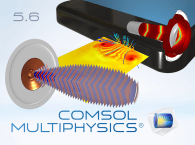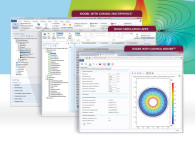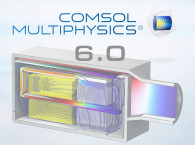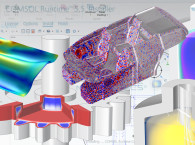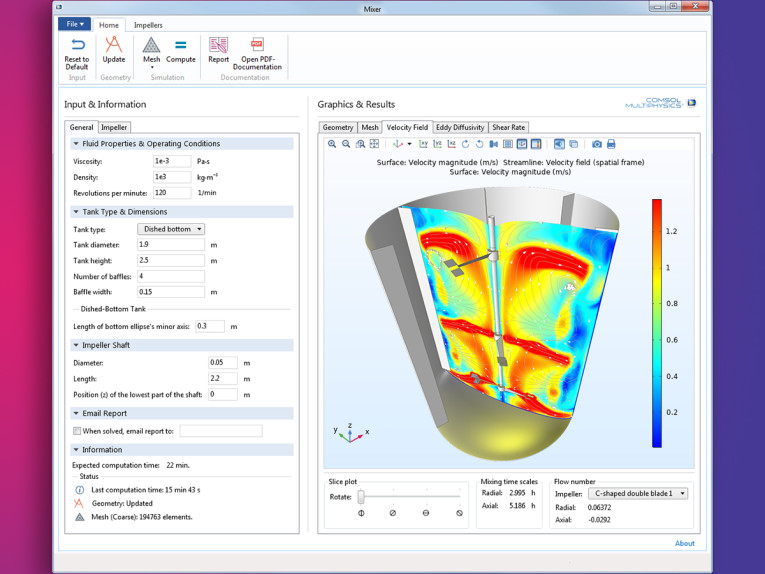
COMSOL Compiler allows users to create standalone COMSOL Multiphysics applications. Compiled applications are bundled with COMSOL Runtime – no COMSOL Multiphysics or COMSOL Server license required to run. Users can distribute such applications with no further license fees. “Specialists can create simulation applications with the Application Builder that we released a few years ago. This has provided a new way for teams of engineers and scientists to bring the use of simulation to non-specialists. A little later we released COMSOL Server which is used to deploy and administrate applications via a web interface. With COMSOL Compiler we are taking things to the next level by letting specialists compile an application into a single executable file for unlimited use and distribution. This is a level of freedom that the industry has not seen before,” says Svante Littmarck, President and CEO, COMSOL.
“The Composite Materials Module delivers modeling tools for users working with layered materials,” says Pawan Soami, Technical Product Manager at COMSOL. “Composite laminated structures could have more than a hundred layers and setting up such a simulation is cumbersome without dedicated tools. We now offer such tools,” continues Soami.

By combining the Composite Materials Module with new functionality for layered shells available in the Heat Transfer Module and the AC/DC Module, users can perform multiphysics analysis such as Joule heating with thermal expansion.
“The ability to couple structural mechanics analysis in layered shells with heat transfer and electromagnetics, provides users with unique multiphysics modeling capabilities,” adds Nicolas Huc, Technical Product Manager at COMSOL. An important application of multiphysics analysis in laminated materials is managing the impact of lightning strikes on wings and wind turbine blades within aerospace and wind power industries.
COMSOL Multiphysics version 5.4 also comes with numerous productivity improvements such as the ability to use multiple parameter sets in a model, including parametric sweeping over multiple parameter sets. Furthermore, users can now organize the Model Builder nodes into groups and assign custom coloring schemes to geometry models.
Among the various performance improvements is the updated memory allocation scheme that gives several times faster computations in the Windows 7 and 10 operating systems for computers with more than 8 processor cores.
The AC/DC Module features a new part library with fully parametric and ready-to-use coils and magnetic cores. The CFD Module comes with large eddy simulations (LES) and significantly updated modeling tools for multiphase flow.
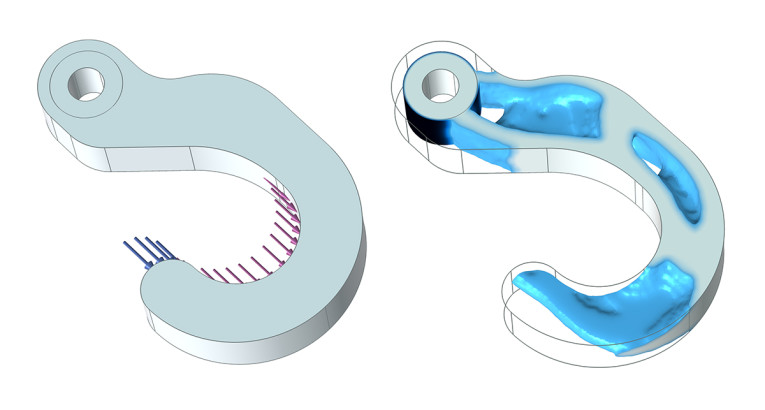
For structural and acoustics modeling applications, the new software update introduces acoustic ports and nonlinear acoustics Westervelt model. In the Acoustics Module, a new port boundary condition makes it easier to compute acoustic transmission and insertion losses, and the new nonlinear Westervelt option allows for modeling pressure acoustics with high sound pressure levels.
The Structural Mechanics Module has new tools for shock response spectrum analysis, with two new models demonstrating the functionality. With the Nonlinear Structural Materials Module and Geomechanics Module, users can now model damage in brittle materials as a result of cracking. Fluid-structure interaction (FSI) has been added to the Multibody Dynamics Module for studying problems where a mechanism interacts with a fluid.
To browse version 5.4 release highlights, visit www.comsol.com/release/5.4.
To download the latest version, visit www.comsol.com/product-download.
www.comsol.com



